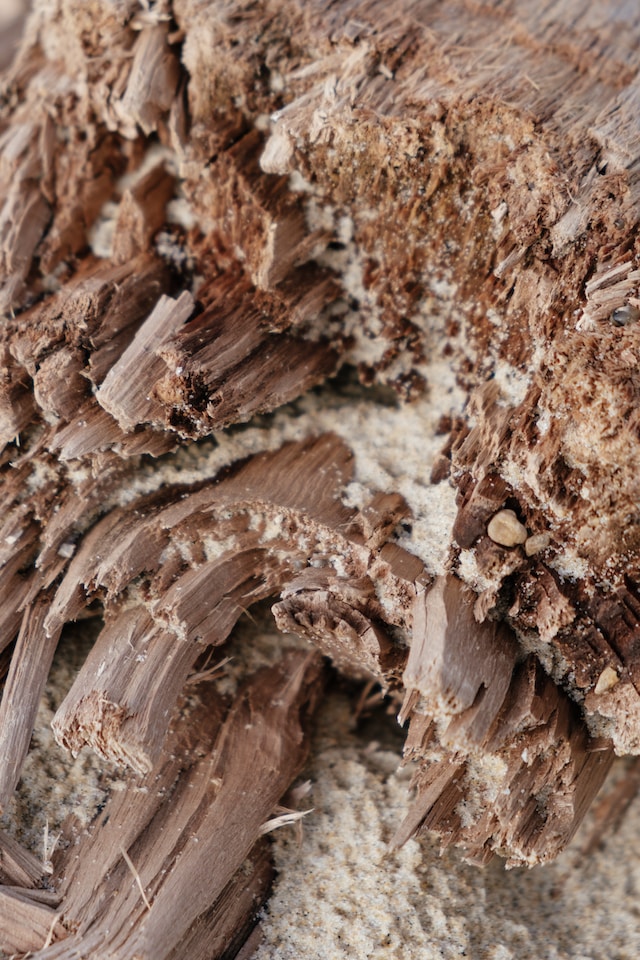How Termite Soil Treatment Can Save You Money in the Long Run
Termite soil treatments are typically performed before pouring concrete for foundation elements such as piers and footings. They prevent concealed termite ingress from soil to the structure.
Preventative measures include:
- Eliminating wood-to-ground contact.
- Reducing moisture around structures (check for plumbing leaks and poor drainage).
- Stacking firewood away from a house.
- Removing stumps and plant debris.
Cost
Soil treatment involves digging a trench at least 10 feet around your home and applying liquid termiticide to the ground. This mixture, such as ProThor SC2, creates a barrier that reduces the population of termites and envelops your house with long-term protection.
This treatment is effective for homes with slab foundations and crawl spaces. Pest control companies charge by the square foot to apply the treatment, which covers labor and pesticide costs and company overhead.
The frequency of your termite soil treatment Colombus OH will depend on the method used and the severity of the infestation. Liquid treatments usually require only one application, but baiting systems may need to be checked regularly for dead termites.
Moisture is a must for termite colonies, so it’s important to eliminate any damp areas surrounding your home. For example, you can install sand barriers where wood touches the ground, avoid stacking firewood against your home and remove any tree stumps.
Effectiveness
Termite soil treatment involves digging a trench around your home and treating the soil with the right chemicals. You cannot do it on your own, and it requires special tools. Generally, it’s much cheaper to do preventive work than to treat an existing termite infestation.
In addition to soil treatments, there are wood treatments and termite baits. These are designed to kill existing termite colonies and deter future ones. Wood can be treated with borate solutions to protect it from termites, and some types of wood are naturally resistant to them.
Liquid barrier treatments are also effective in killing and deterring subterranean termites. The newer liquid termiticides, such as fipronil (Termidor) and imidacloprid (Premise), are considered ‘non-repellent,’ meaning they don’t interfere with a termite’s ability to forage in treated soil zones. This allows them to be applied less quickly than the older, ‘repellent’ products.
Reliability
The longevity of a termite soil treatment can vary depending on the location and environment. However, most treatments last at least a few years. This can save you money on future repairs and maintain your property value.
Termite barrier treatments use high volumes of liquid termiticide to saturate the soil around and under buildings. This creates a treated zone that prevents termites from traveling up footings or through timbers to access the house. However, it doesn’t protect the internal wood of the house itself.
Other options include physical barriers and baiting. These methods reduce openings that termites can use to gain entry into the structure and use to scout for food. They are typically incorporated into new construction, including steel mesh or sands of particular sizes. They can also include plastic tubes encircling the house with either wood or slow-acting toxic bait. They are typically examined regularly, from monthly to annually. They may also come with limited warranties.
Environment
Termite damage can reduce the value of your home, so preventive treatment is important. While it is possible to take precautions at home, implementing them properly takes professionals’ help with the necessary tools and knowledge. Prevention includes eliminating moisture and reducing wood-to-ground contact. It also includes regular inspections and periodic treatment.
A traditional soil treatment uses liquid barriers pumped under and around the house’s foundation. It also involves treating piers, footings, expansion joints and voids in concrete or masonry construction. These treatments can be expensive, but they are usually less costly than repairing the damage caused by an infestation of termites.
Another option is to use bait stations, which consist of plastic tubes placed at ten ft. intervals encircling the building. These tubes contain wood and slow-acting bait. Termites foraging in the area will ingest the bait and carry it back to the colony, killing it over a few months.

